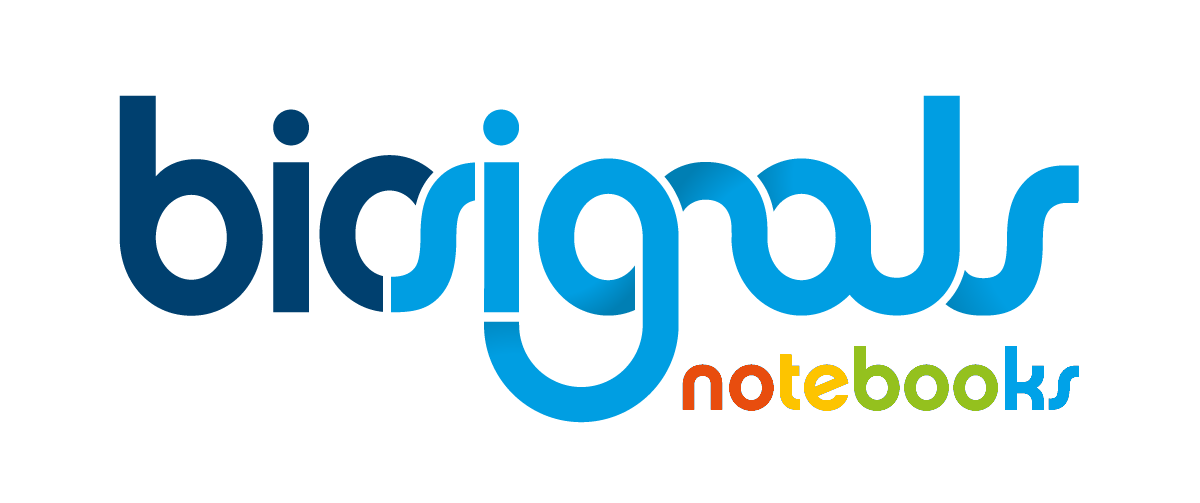
Available Notebooks
biosignalsnotebooks ( see project presentation
This collection of code samples has the purpose to help users of PLUX Wireless Biosignals systems, such as BITalino or biosignalsplux , and to the researcher or student interested on recording, processing and classifying biosignals. The examples are set on a level of complexity to inspire the users and programmers on how easy some tasks are and that more complex ones can also be achieved, by reusing and recreating some of the examples presented here.
A
Python
library (entitled
biosignalsnotebooks
) is the base toolbox to support the notebooks and to provide some useful functionalities. It can be installed through pip command, like demonstrated in a
PyPI
![]() dedicated page.
dedicated page.
In many cases we also point and illustrate with code the usage of other python toolboxes dedicated to biosignal processing.
The notebooks will cover the full topics pipeline of working with biosignals, such as: Load a file; Visualise the data online and offline, Pre-Process a one channel signal or a multi-channel acquisition, Detect relevant events in the signals, Extract features from many different type of sensors and domains, Train and Classify among a set of classes with several machine learning approaches, Understand the obtained results with metrics and validations techniques.
These examples are carried in a multitude of biosignals , from ECG, EDA, EMG, Accelerometer, Respiration among many others.
The notebooks have a set of labels to help navigate among topics
![]() , types of signals
, types of signals
![]() , application area
, application area
![]() and complexity
and complexity
![]() level to support the search for particular solutions.
level to support the search for particular solutions.
We encourage you to share new example ideas, to pose questions biosignalsnotebooks@plux.info , and to make improvements or suggestion to this set of notebooks.
Be inspired on how to make the most of your biosignals!
